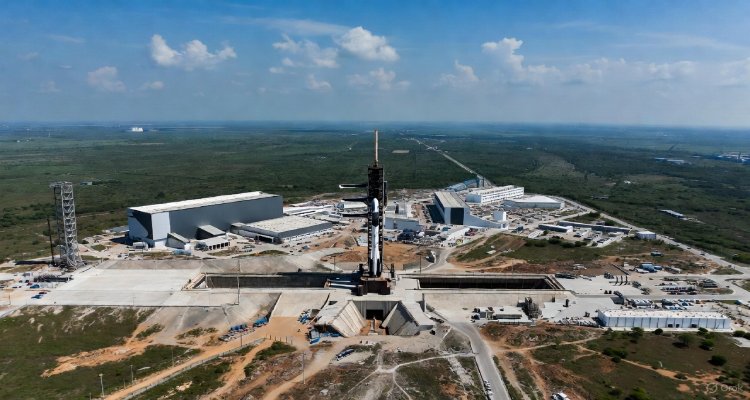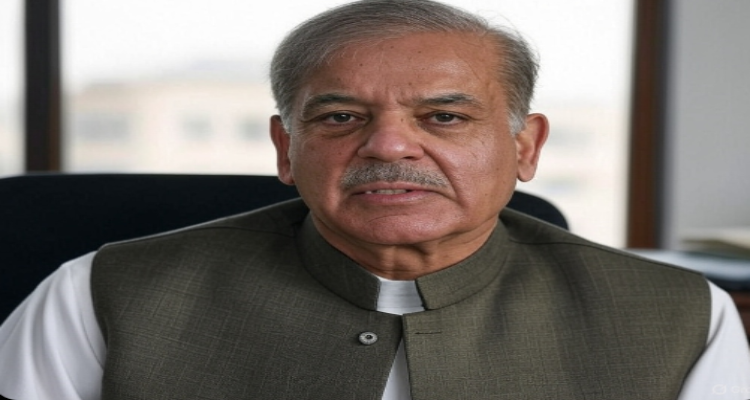Pakistan’s $4B Conflict Bill Sparks Backlash Over IMF Bailout
Pakistan’s $4B conflict costs raise questions as IMF approves $2.4B bailout. India abstains, fueling global concern over fund misuse.
Pakistan’s Conflict Costs Spark Global Concern Over IMF Bailout
As the International Monetary Fund (IMF) greenlit a $2.4 billion bailout for Pakistan, global attention quickly shifted from fiscal rescue to financial recklessness. Mere days after the deadly Pahalgam terror attack that left 26 civilians dead, questions are intensifying around whether the bailout—intended to stabilize Pakistan’s struggling economy—is instead underwriting escalating regional tensions.
India Abstains as IMF Approves Controversial Bailout
The bailout, which includes $1 billion from an ongoing program and a fresh $1.4 billion climate resilience loan, faced an unusual diplomatic moment when India abstained from the vote. While abstentions are rare in such scenarios, India’s stance seemed clear: disapproval of financial assistance being routed to a nation allegedly engaging in aggressive cross-border operations.
According to reports circulating in both Indian and Pakistani media, Pakistan had effectively exhausted the IMF funds before they were even disbursed. A viral social media post summed up the sentiment, stating, “They already spent that IMF loan and more even before it was released.”
The Real Cost of Conflict: Over $4 Billion and Rising
A deeper dive into Pakistan’s financial commitments reveals a staggering picture. Local reports estimate that the total cost of Pakistan’s ongoing conflict-related expenditures has reached approximately $4 billion. This figure encompasses both direct military spending and indirect economic losses.
Among the direct expenses are:
- $800 million on advanced weaponry, including drones and missiles.
- $25 million per day in military operations—covering logistics, personnel, combat equipment, and fuel.
Indirect costs, which are harder to quantify but equally devastating, include trade disruptions, declining investor confidence, and a noticeable dent in GDP growth.
Drones, Missiles, and Misplaced Priorities
Pakistan’s use of high-end military technology raises even more questions about its financial priorities amid an economic crisis. Turkish-made Bayraktar TB2 drones—celebrated for their battlefield success in Ukraine—are now being deployed across the Line of Control (LoC) and International Border (IB) in operations against India. These unmanned combat aerial vehicles (UCAVs) are not only expensive but symbolize a strategic pivot toward more aggressive, tech-heavy warfare.
In tandem, Pakistan has also mobilized its Ra’ad air-launched cruise missiles (ALCMs), also known as Hatf-VIII. These nuclear-capable missiles have a range of 350 to 600 kilometers and are specifically engineered to evade advanced enemy air defense systems. While designed for deterrence, their recent use in combat scenarios hints at an unsettling escalation in regional tensions.
A Dangerous Trade-Off: Development vs. Defense
While the IMF’s loan was partly earmarked for climate resilience—a sector where Pakistan genuinely needs international support following devastating floods in recent years—the reallocation of funds toward military endeavors casts a shadow over the country’s developmental goals. Experts argue that spending billions on weaponry while seeking climate funds borders on financial malpractice.
Dr. Sameer Patil, a South Asia security expert, notes, “It’s not just about how much Pakistan is spending, but what it’s not spending on—public health, education, infrastructure. The opportunity cost is enormous.”
India’s Strategic Silence: A Calculated Move
India’s diplomatic abstention at the IMF may have been subtle, but its implications were loud. Analysts see it as a strategic nudge to global financial institutions—prompting them to reconsider the long-term impact of unconditional financial support to nations engaged in protracted conflict.
Despite being one of the IMF’s largest contributors, India’s decision to step back from the vote rather than veto outright suggests a growing discontent with how global bailouts are managed when national security concerns are at play.
Conclusion: A Cautionary Tale for Global Aid Oversight
The IMF’s $2.4 billion bailout may offer Pakistan a temporary fiscal cushion, but the nation’s $4 billion conflict tab tells a different story—one of misplaced priorities and blurred lines between defense and development. As military expenditures mount and diplomatic tensions simmer, the world is watching closely. Will international aid continue to be a lifeline—or inadvertently become a lever for escalation?
The unfolding situation serves as a stark reminder: financial aid without accountability is not just risky—it can be dangerously counterproductive.
Disclaimer:
This article is based on publicly available reports, expert commentary, and news sources. It does not reflect the views or endorsements of any government or organization.
source :Business Today











